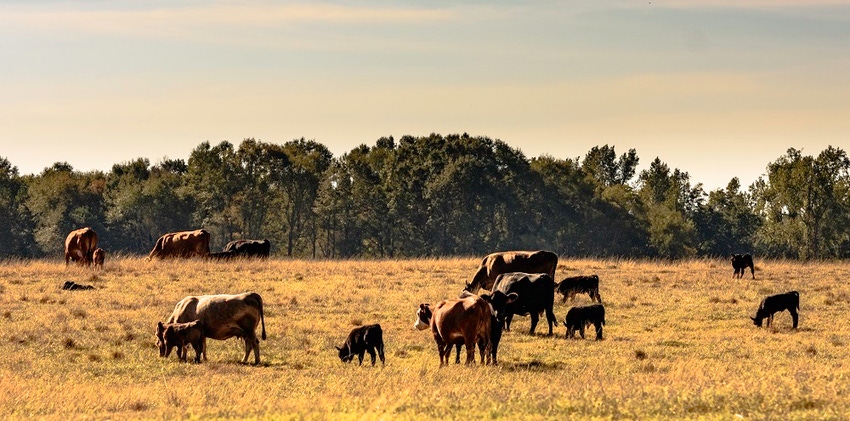
When U.S. drought hit a seasonal peak in mid-August – covering nearly 58% of the nation, including significant portions of the Midwest and Plains – it sparked some growing concerns that if the trend continued, it would put some unwanted pressure on grain production.
Instead, the trend reversed itself through the fall and early winter, dropping down to a footprint that covered just 34% of the country for the week ending December 25. Now heading into 2019, do the current low levels of drought stand a chance of staying low between now and planting season?
For now, drought in the Midwest is virtually nonexistent, with just 2.5% of the region currently affected – relegated to small portions of northern Minnesota and southwest Missouri. Contrast that with the start of 2018, when nearly 30% of the region was suffering from drought.
The Plains are dealing with more moderate levels of drought, meantime, which are largely contained in Colorado. More than 84% of the Centennial State is afflicted by drought, including about 27% of the state experiencing the D3 (extreme) or D4 (exceptional) categories. Elsewhere in the Plains, drought is largely contained in northern North Dakota and small patches of South Dakota and southern Kansas.

Specialty crop growers in the Southwest and West have more significant issues with which to contend. Nearly three-quarters of the West is now enveloped in drought, versus 53.3% at the start of 2018, although levels have eased from three months ago, when 86.1% of the region was affected.
Moving forward, the latest 6-to-10-day forecasts from NOAA’s Climate Prediction Center shows some favorable conditions for additional drought removal, according to Richard Tinker, a meteorologist with the National Weather Center who prepared the latest U.S. Drought Monitor summary.
“[The outlook] shows enhanced chances for above-normal precipitation along the northern tier of the Plains and upper Mississippi Valley, much of New Mexico, western and southern Texas, the Southeast, and the Alaskan Panhandle,” he writes. “Subnormal precipitation is favored in most areas from the Rockies westward, and across the central Plains and middle Mississippi Valley.”
Further out, the seasonal drought outlook shows uneven recovery likely, particularly in the West. Some drought removal is likely in parts of California, Nevada and Utah through the end of March but is more likely to persist or even worsen in parts of the Pacific Northwest and eastern Arizona during this time.
El Niño conditions could also help shape winter weather moving forward. In its latest report on this weather cycle, the Climate Prediction Center raised the odds for El Niño during November-January to 96%, up from 84% a month ago.

In fact, the odds are better than 50% for El Niño conditions to persist as far as next summer. If it lasts into next fall, U.S. farmers tend to see above-average grain yields due to a greater tendency for moderate temperatures and more abundant rainfall. Pair that with the current low levels of drought in the central U.S., and it won’t take much for speculation to ramp up about possible above-trend-line yields for 2019.
About the Author(s)
You May Also Like






